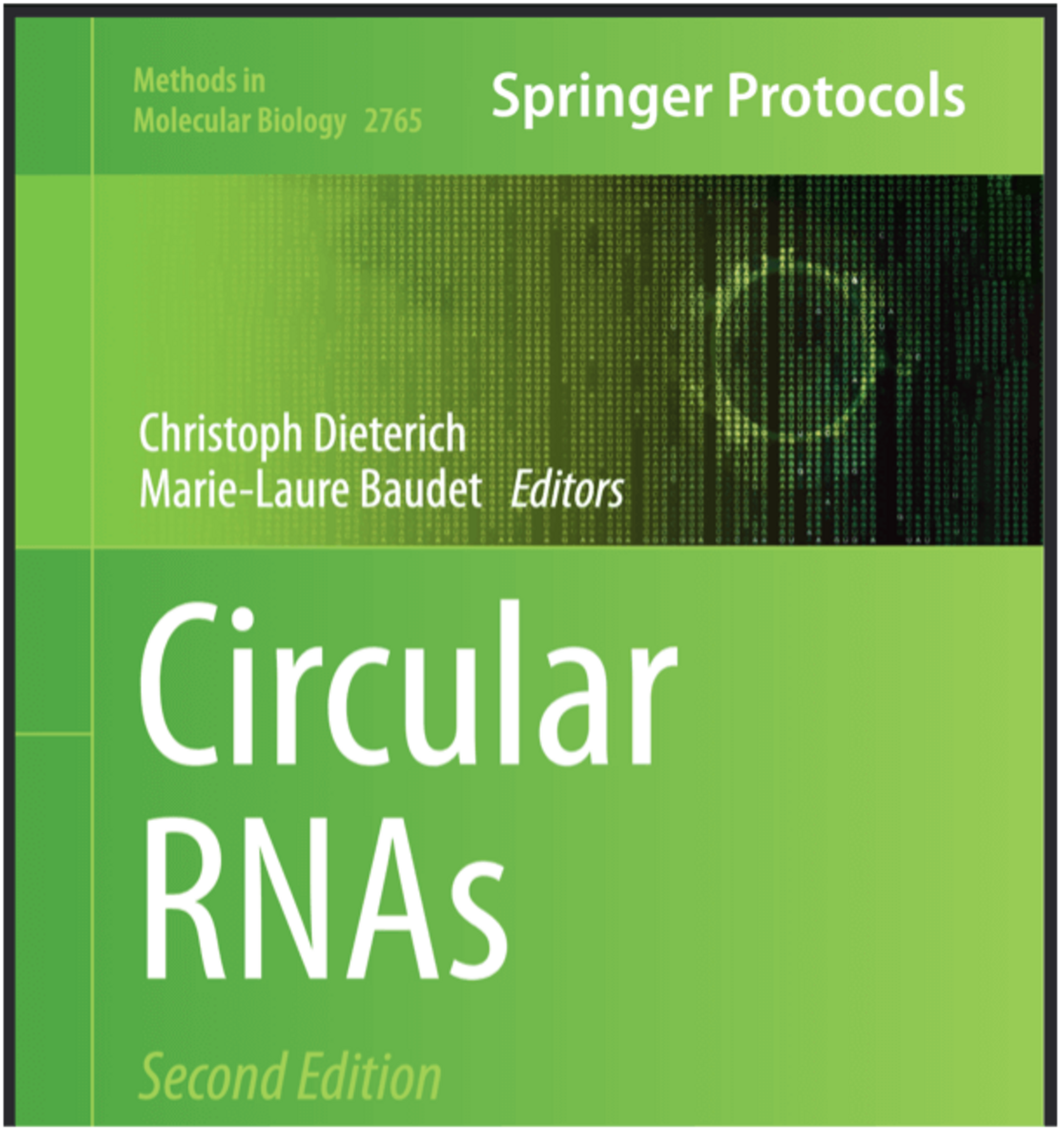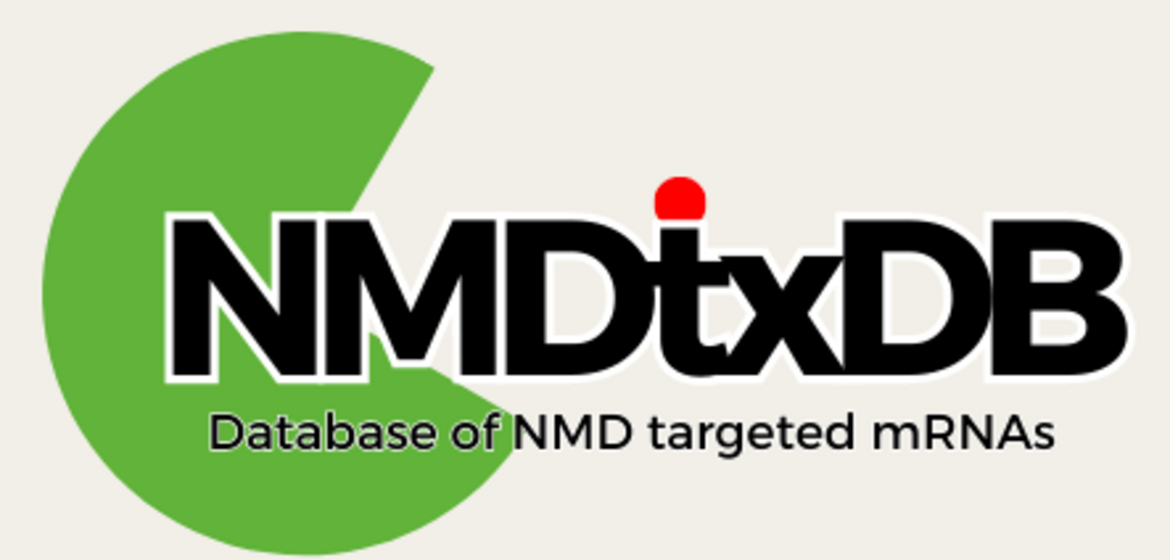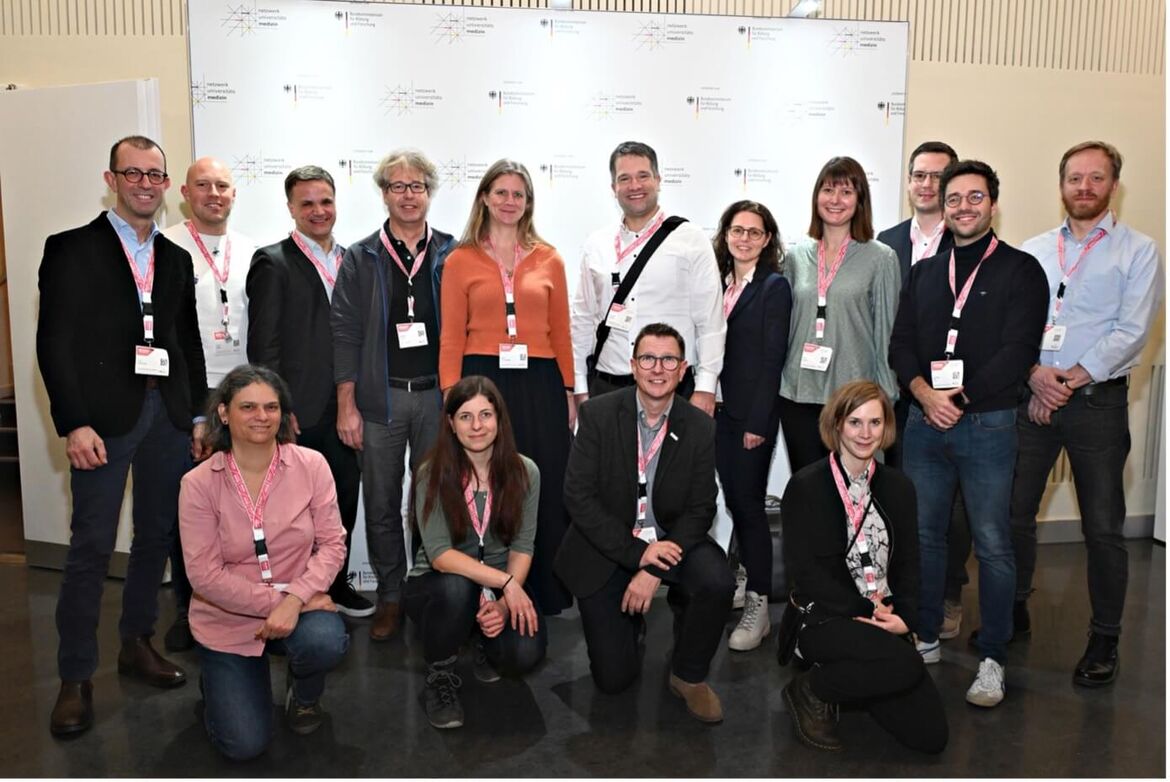News
EMBO-Kurs für zirkuläre RNA
April 30, 2024, Heidelberg
EMBO finanziert eine neue Ausgabe unseres legendären Kurses zur zirkulären RNA-Forschung mit dem Titel: “bahnbrechende Ansätze zur Förderung der circRNA-Forschung: Erkennung, Funktion und Therapeutika”
Datum: 31. Mai 2025 – 6. Juni 2025
Standort: Trient, Italien
Veranstalter:
Marie-Laure Baudet, Universität Trient, Italien
Vladimir Benes, EMBL Heidelberg, Deutschland
Marieangela Morlando, Universität Sapienza Rom, Italien
Christoph Dieterich, Universitätsklinikum Heidelberg, Deutschland

mAFiA Publikation
April 18, 2024, Heidelberg
Direct RNA-seq bietet die Möglichkeit, RNA-Modifikationen an einzelnen Molekülen zu identifizieren. Hier berichten wir über die Synthese biologisch realistischer Trainingsdaten und die Entwicklung von mAFiA, das m6A auf Einzelleseebene genau erkennt.
Unsere mAFiA-Publikation ist jetzt online unter https://www.nature.com/articles/s41467-024-47661-2
METTL3 Publikation
April 15, 2024, Heidelberg
mRNA enthält chemische Modifikationen, die den RNA Lebenszyklus beeinflussen und zu Unterschieden zwischen Transkript- und Proteinabundanzen beitragen können. Traditionelle/indirekte RNA-Sequenzierung erfordert die Umwandlung von RNA in cDNA und kann die meisten RNA-Modifikationen nicht erkennen. Die Nanoporen-Technologie ermöglicht die direkte RNA Sequenzierung und das Erkennen von RNA Modifikation wie bspw. N6-Methyladenosin (m6A). m6A wird durch Enzyme wie METTL3 (Methyltransferase-ähnliches Protein 3) gebildet, ist nach hypertrophischen kardialen Reizen und im Myokard von Patienten mit Herzinsuffizienz erhöht und reguliert die kardiale Homöostase. Wir haben die direkte RNA Sequenzierung verwendet, um METTL3-abhängige m6A-Stellen zu erkennen, die die Funktion von Kardiomyozyten beeinflussen.
Unsere METTL3-Publikation ist jetzt online unter https://www.ahajournals.org/doi/10.1161/CIRCULATIONAHA.123.066473
Circular RNAs Buchveröffentlichung
Februar 21, 2024, Heidelberg
Die erste Ausgabe von Circular RNAs – Methods and Protocols erschien 2018 und war ein großer Erfolg. Deshalb haben Marie-Laure Baudet (CIBIO Trento) und ich dieses Mal zusammengearbeitet, um eine Aktualisierung dieses Bandes bereitzustellen und die jüngsten Entwicklungen auf diesem Gebiet vorzustellen. Der 2. Band ist gerade online bei Springer Protocols erschienen.
Obwohl wir bei der Identifizierung charakteristischer Rückspleißverbindungen anhand von RNA-Sequenzierungsdaten erhebliche Fortschritte erzielt haben, bleiben hinsichtlich der Form und Funktion zirkulärer RNAs viele Herausforderungen bestehen. Diese Aspekte werden in der neuen Ausgabe von Circular RNAs behandelt:
https://link.springer.com/book/10.1007/978-1-0716-3678-7

NMDtxDB Database Launch
Februar 05, 2024, Heidelberg
Wir freuen uns, den Start von NMDtxDB bekanntzugeben, einer Datenbank, die sich der Verbesserung unseres Verständnisses des Nonsense-Mediated mRNA Decay (NMD)-Signalwegs und seiner Ziele widmet. Diese innovative Plattform kombiniert Daten von NMD-depletierten menschlichen Zelllinien mit Nanopore-Long-Read-Sequenzierung, um Spleißisoformen wie nie zuvor aufzudecken. NMDtxDB zeichnet sich dadurch aus, dass es einen umfassenden Datensatz bietet, der die Identifizierung bisher nicht annotierter NMD-Ziele erleichtert und einen bedeutenden Fortschritt auf dem Gebiet der Transkriptomik des RNA-Zerfalls darstellt.
Zusätzlich zu seinem umfangreichen Datensatz führt NMDtxDB einen neuartigen Rechenworkflow für die Konstruktion und Annotation des Transkriptoms ein, der die Identifizierung vorzeitiger Stoppcodons und die Bewertung der Transkriptexpression erleichtert. Der Open-Source-Charakter unserer Tools und der Weboberfläche stellen sicher, dass die Datenbank nicht nur als eine Ressource, sondern auch als ein Community-Hub für Wissenschaftler auf der ganzen Welt fungiert. Egal, ob Sie ein NMD-Spezialist oder ein Forscher sind, der verwandte Bereiche erforscht, NMDtxDB bietet einzigartige Einblicke und Tools zur Verbesserung Ihrer Studien. Mit seiner benutzerfreundlichen Oberfläche und den umfangreichen Daten ist NMDtxDB bereit, sich zu einer wertvollen Ressource für die Erforschung des NMD-Signalwegs und seiner Auswirkungen auf die menschliche Gesundheit zu entwickeln. Wir möchten, dass NMDtxDB einen neuen Horizont in der mRNA-Zerfallsforschung eröffnet, indem es eine schnellere Katalogisierung von NMD-Zielen ermöglicht und dabei hilft, besser zu verstehen, welche Merkmale zur Zerfallsaktivierung führen.
Für den Vorabdruck zum Projekt klicken Sie bitte hier.

TACOMA preprint
Januar 29, 2024, Heidelberg
Wir freuen uns, TACOMA vorstellen zu können, ein Online-Webanwendungstool, das entwickelt wurde, um die Erforschung von Multi-Omics-Daten in der Herzforschung zu erleichtern. TACOMA ermöglicht die integrierte Analyse von Proteomik- und Transkriptomikdaten aus einem TAC-Mausmodell und bietet einen Fortschritt beim Verständnis der Herzinsuffizienzmechanismen. TACOMA stellt wichtige Erkenntnisse wie Stoffwechselverschiebungen und Exon-Skipping-Ereignisse, neuartige Transkripte und Gene, die wahrscheinlich zur Pathogenese von Herzinsuffizienz beitragen usw. dar, und stellt eine wertvolle Ressource für Forscher im Bereich der Kardiobiologie dar.
Für den Vorabdruck klicken Sie bitte hier.
NUM Convention 2024
Januar 17 - 18, 2024, Berlin
Team Heidelberg (siehe Bild) hat an der NUM Convention 2024 vom 17. - 18. Januar 2024 in Berlin teilgenommen. Das Netzwerk Universitätsmedizin (NUM) hat die erste „NUM Convention 2024: Gemeinsam forschen für Gesundheit“ im bcc Berlin Congress Center organisiert. Hier wurden die großen Herausforderungen eines modernen Gesundheitswesens diskutiert.
Weitere Hintergrundinformationen finden Sie unter: https://www.aerzteblatt.de/nachrichten/148727/Netzwerk-Universitaetsmedizin-hofft-auf-Verstetigung







